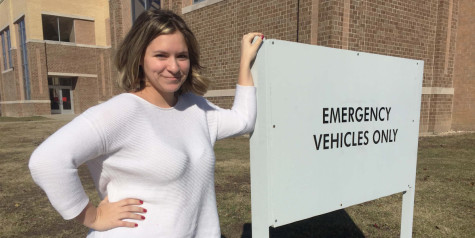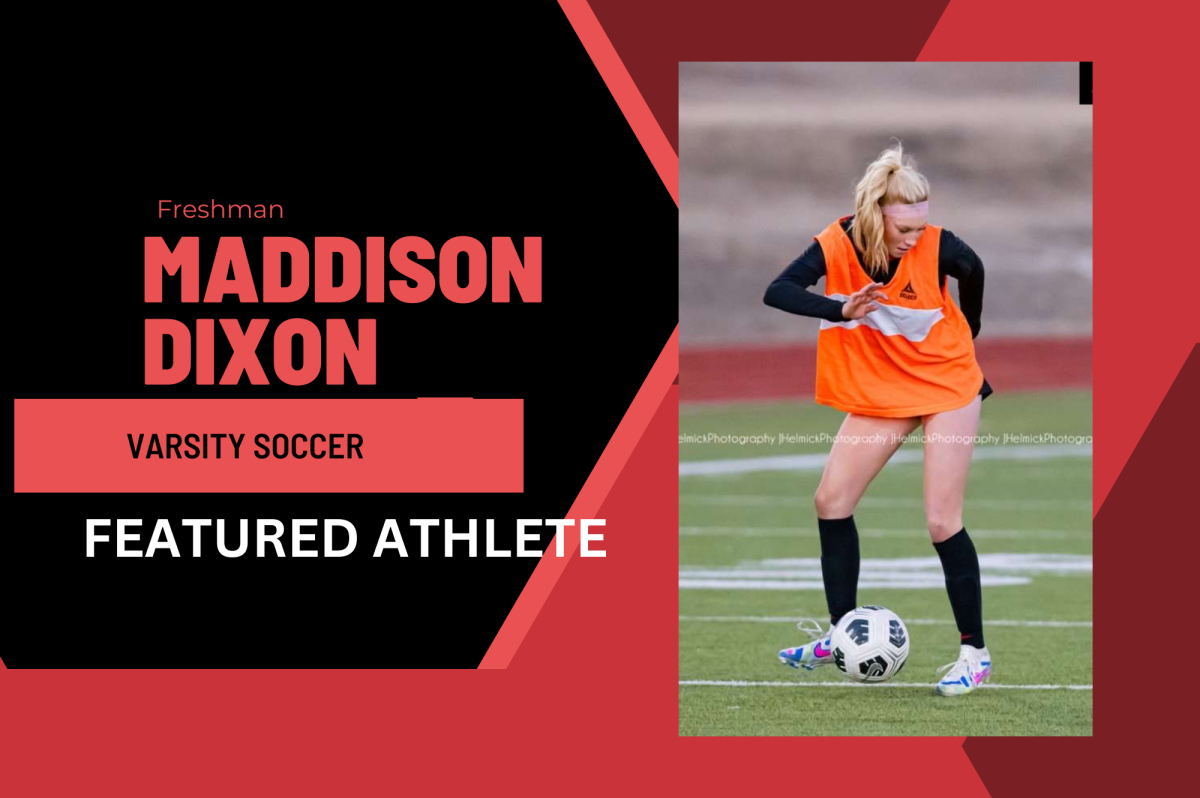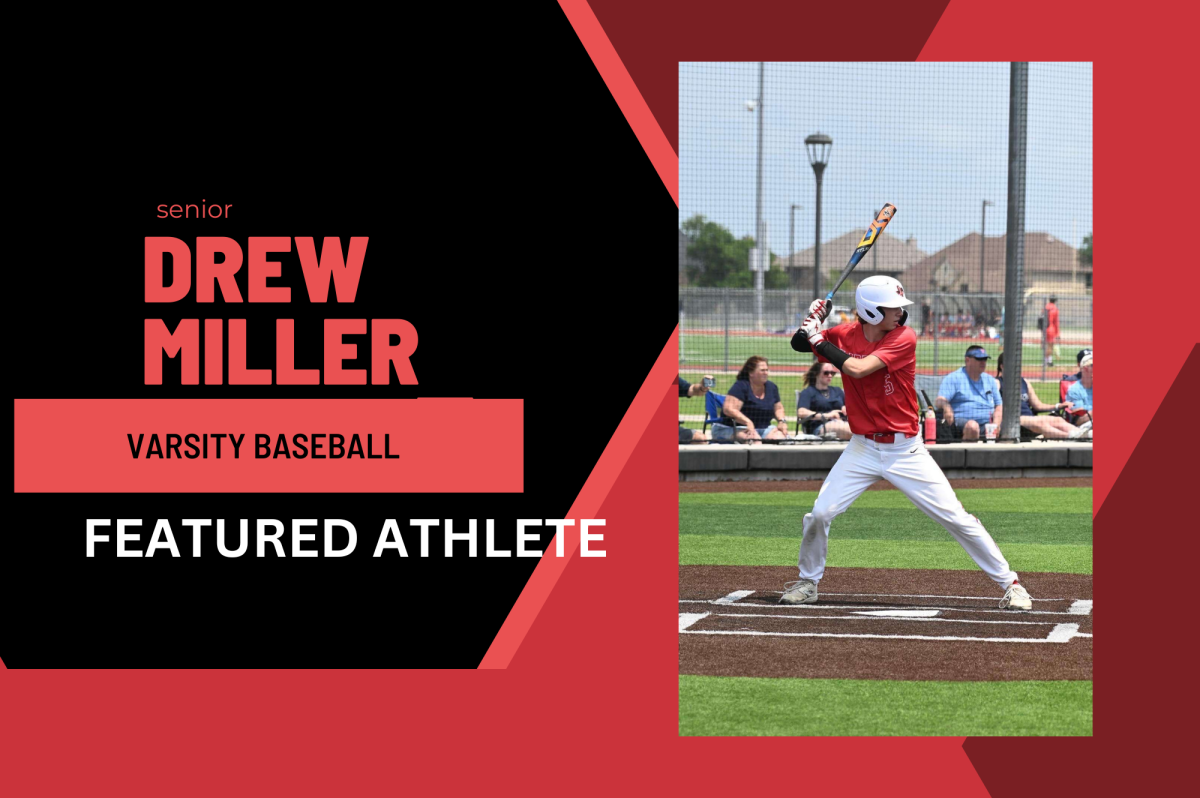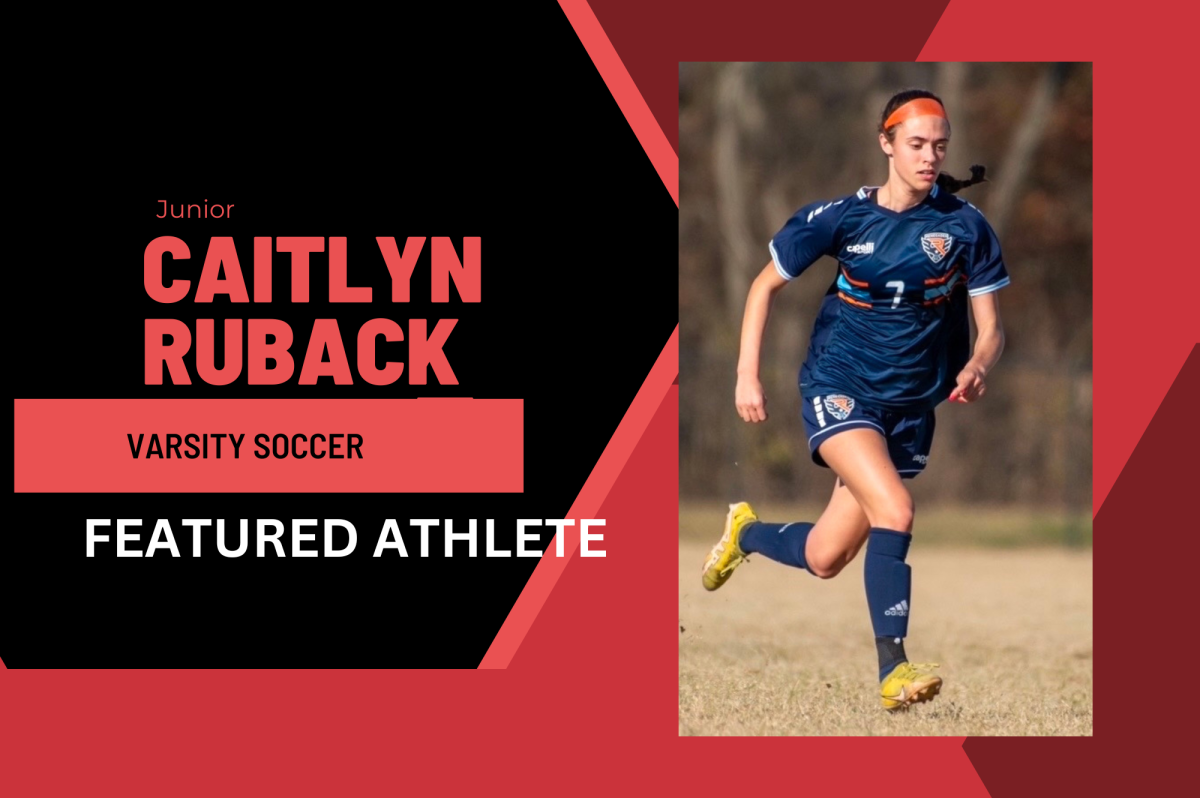Review: The Great Gatsby
![Incorporating history with literature, GT American Studies classes are reviewing classic like The Great Gatsby where they are discussing the values and meanings in the text. "Even if [you] hate it and hate everything about it, it's something that can help us have discussions about wealth disparity, gender expectations, and even the lack of representation and what that means," GT American Studies teacher Swapna Gardner said.](https://libertywingspan.com/wp-content/uploads/2016/02/gatsby.jpg)
Incorporating history with literature, GT American Studies classes are reviewing classic like The Great Gatsby where they are discussing the values and meanings in the text. “Even if [you] hate it and hate everything about it, it’s something that can help us have discussions about wealth disparity, gender expectations, and even the lack of representation and what that means,” GT American Studies teacher Swapna Gardner said.
February 3, 2016
AP English students at this year were required to read The Great Gatsby by F. Scott Fitzgerald over the course of four weeks. It’s a short novel, but one of the most influential books of the 1920’s and even now continues to be a huge part of American literature.
The book tells the story of Nick Carroway, a war veteran and now bond investor moving to New York because he, “enjoyed the counter-raid so thoroughly that I came back restless. Instead of being the warm centre of the world, the Middle West now seemed like the ragged edge of the universe — so I decided to go East and learn the bond business.”
After this he’s swept into the world of Daisy, Tom, and last but certainly not least, Jay Gatsby. The story revolves around Gatsby’s life, with Nick narrating every ridiculous party he attends and the horrifying things he observes while following these characters around.
Readers are captivated by Gatsby’s love for Daisy; his only motive now is to recreate the past with her, a time when they were in love. Fitzgerald describes Gatsby in a way that you can clearly see he’s a fool for loving Daisy, considering everything he’s done was for her: his wealth he acquired (illegally), his mansion, and his over-the-top parties but even with all this the reader still sympathizes with him. He’s blinded by his love for her, but readers find themselves resenting Daisy for choosing to be with someone like Tom.
A short novel, Fitzgerald doesn’t waste time in making his point. Every chapter has a scene that is crucial to the build-up of the ending. It’s romantic, chilling and tense, all at the same time. Readers find themselves wondering what will happen next. When Daisy and Gatsby meet for the first time after years of being apart, despite her being married, readers are on the edge of their seat waiting for her reaction hoping Gatsby’s hard work to pay off.
Towards the end of the novel, a chain reaction of surprising events happen. It seems to answer all the readers previous questions, and readers are able to make their final opinions on certain characters. It’s shocking, and heartbreaking.
Having to read books for school sometimes isn’t an easy task for students because often it’s not something we’d choose to read on our own. But The Great Gatsby was incredible. It was easy to read and filled with profound messages and heartbreaking situations. It even makes the reader want to go watch the movie. It’s a crucial book to read in a teens school years and I’m glad it’s mandatory.







Joe Cross • Mar 28, 2017 at 11:17 am
More like The Moderately Flawed but Ultimately An Important Figure of The Era Gatsby if you ask me